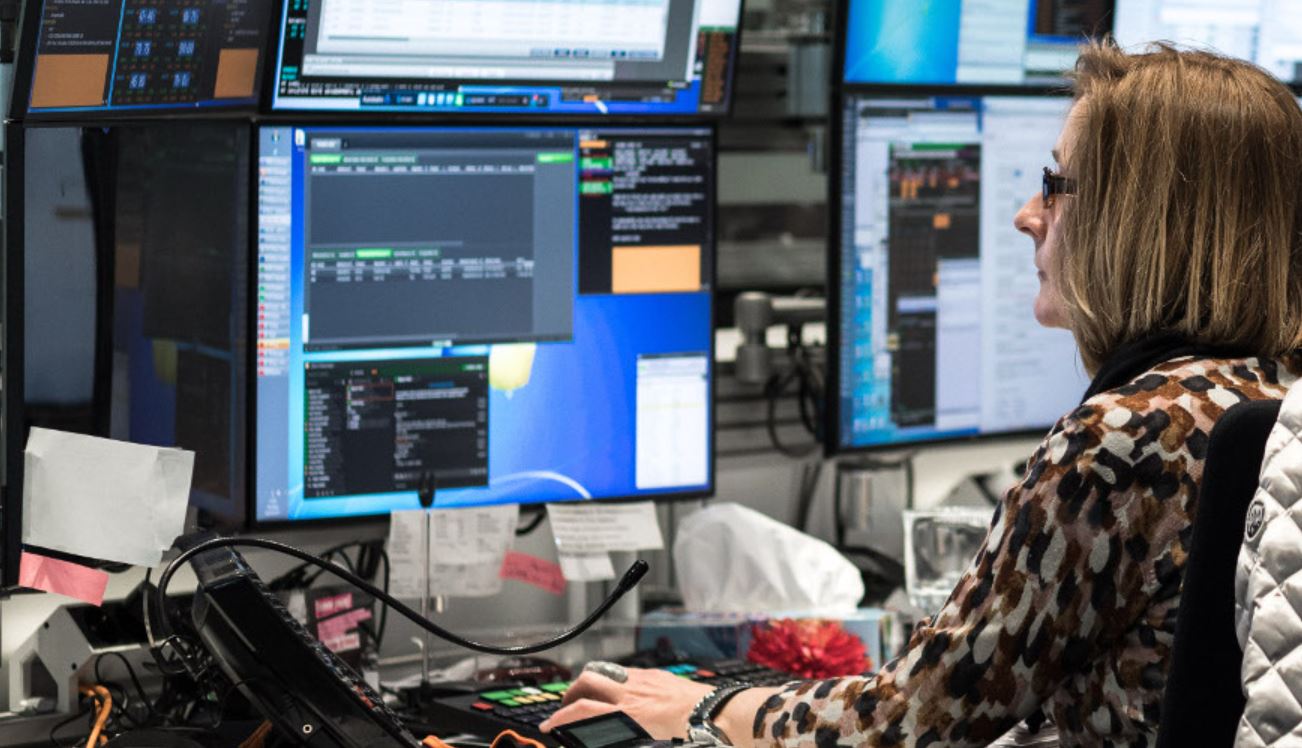Investment reward should be a function of speculation risk. The investor’s goal should be to have a reward that is a multiple of his risk.
Breakeven ROI For Startup Companies
If an angel investor is considering financing a local startup company, he needs a sevenfold Return on Investment (ROI) to breakeven. The simple reason is the U.S. Small Business Administration will tell anyone that only 15% of startup local companies succeed.
he needs a sevenfold Return on Investment (ROI) to breakeven. The simple reason is the U.S. Small Business Administration will tell anyone that only 15% of startup local companies succeed.
Thus, 7 X 15 = 105%, just over the breakeven point for his original investment. In my way of looking at investment, those are dreadful odds.
If a venture capitalist is considering financing a high tech startup company, he needs one hundredfold Return on Investment to breakeven. Only one High Tech startup company in one hundred makes money. Those odds are far worse.
Yet in the past five years, hundreds of billions of investment dollars have been washed away investing in such companies. And it’s not only been the funds of the Venture Capitalists, but the additional billions of the small capital investors who then bought into the media and stock hype of these useless, non-productive companies when they went public.
Breakeven ROI for Investors Playing the OTCBB Market
Over 98% of OTCBB companies fail within five years. If you are a small capital investor and invest in one of these public companies, you need to eventually sell your shares for forty nine times what you paid for them to breakeven.
If you are a conservative investor and realize that inflation must eventually destroy the U.S. Dollar and thus you invest in Junior Resource Companies (mining, natural gas, minerals) trading in the US or Canada, you need to eventually sell your shares for two thousand times what you paid for them to breakeven. Here’s why.
A Winning/Losing Investment
The success rate of mining exploration companies is about one in every two thousand. Among the best performing mining exploration stocks of the 1990s was Bre-X. Adjusted for splits, it climbed to US$240/share. Had you paid less than ten cents a share for this stock, it would have been a breakeven or potentially profitable investment.
However, no matter what you paid, an investment in Bre-X proved to be a losing investment, because the company was a clever stock swindle. The conclusion is that anyone who invested in Bre-X shares for more than ten cents was making a losing bet.
Do As They Do
As a wise old British Investment Advisor, Harry Hone, observed to me in 1980: If the US Dollar and British Pound are about to become worthless, why are all the hard currency gurus so anxious to take paper currency for their invaluable gold?
His point was simple. Do what people do, not what they say. And, I’ve learned over the years that fads and promotions are never good investments. They can be good speculations IF you enjoy speculating and can afford the losses. There will be many of them.
Inflation and Taxes Are Factors
Annual inflation reduces your buying power. In recent years, the U.S. Government reports a 3% annual inflation rate. The business community doubles it, so that it better reflects the actual rise in living costs. Many investments are taxed, so you must adjust the inflation rate by the tax rate to find the breakeven point of any investment.
To breakeven on a US$100 taxable investment, you must earn US$10 in interest. State and Federal income taxes reduce your profit to US$6 for the year. The US$106 will buy the same amount of goods and services, as did the US$100 a year earlier. That will be an actual breakeven, not a profitable investment.
Many limited-risk cash investments do not meet the breakeven test. U.S. Passbook Bank Account interest rates are a prime example of an annual losing investment strategy against inflation and taxes.
Cash is a Position and a Good Measure of Risk/Reward
What you can earn with limited risk cash investments is a good guide to what ROI you should expect from high-risk investments. Here are a few current examples of limited risk cash positions.
1. Cash invested in a 401k Retirement Plan. It’s in mutual funds operated by a major U.S. Insurance Company. The ROI is subject to deferred taxes. Current annual ROI is 22%
2. U.S. Dollar accounts in European Banks are paying between 11% and 15%. All these banks survived the 1929 Crash and, later, the 10,000+ bank failures of 1932.
3. Short selling OTCBB stocks has paid about a 32% tax free ROI for the past decade. With a 98+% failure rate of OTCBB companies, there is less than a 2% risk of failure in such short sales. And there are ways to mitigate that risk to well under 2% risk. The potential reward is 100% and usually takes less than three years to achieve. However, you do need a significant cash reserve position to begin this investment game.
4. California Real Estate has shown a consistent 20% annual appreciation for the past several years. When you put 20% down on a property, your annual ROI is 100%.
The GVIC ROI
The Global Village Investment Club (GVIC) risk is less than that of OTCBB short selling. If you assume the GVIC member’s profit is taken in 5.5 years, the ROI is 100%/year.
Risk/Reward
You can usually determine the risk of any investment by knowing the failure rate of firms in that industry. Conservative investments like municipal bonds have low annual failure rates. Speculative Investments, like commodities and futures trading, have high failure rates. Once you know the risk, you must adjust the reward by inflation and taxes to find the breakeven point for the investment.
Many conservative investments are bad investments. Most high-risk investments are bad investments. If more investors viewed ROI as a favorable Risk/Reward ratio, there would be fewer wealthy people dying broke. And far fewer middle income people making terrible “bets” on the stock markets.


